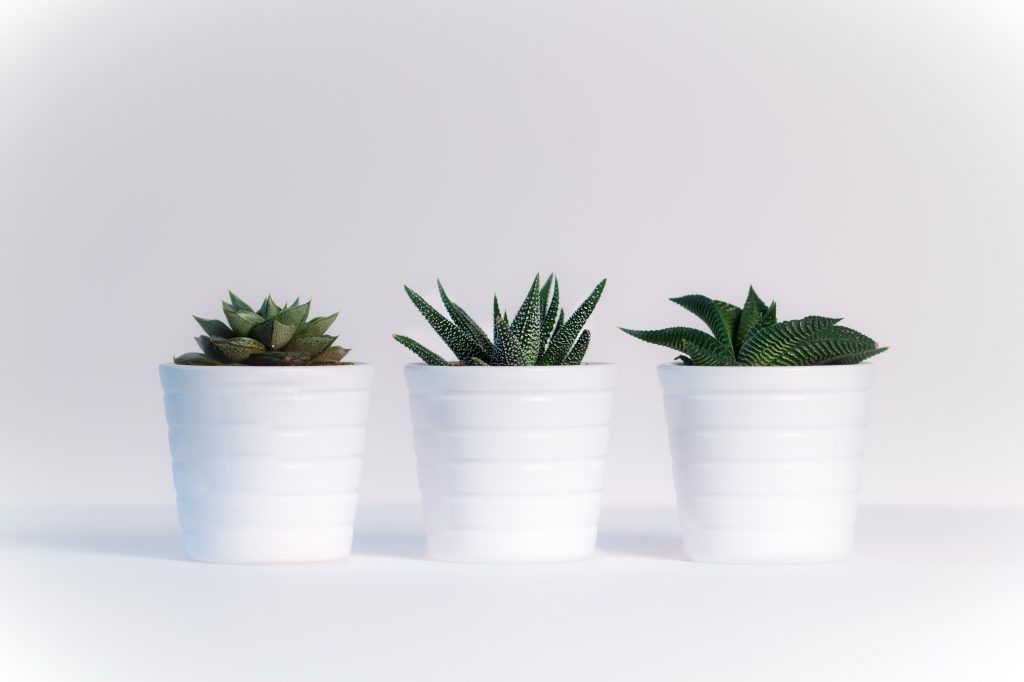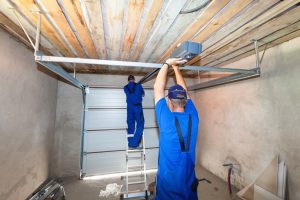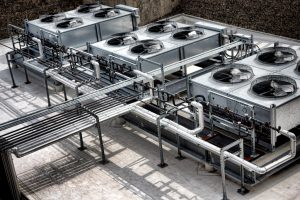When it comes to indoor plants, there are plenty of options that can thrive in low-light conditions. From ferns to philodendrons, there are a variety of options to choose from that will add some life and color to your home without requiring too much maintenance.

Ferns are a good option for low light conditions, as they do not require direct sunlight to thrive. There are many varieties of ferns, so you can buy the one that best fits your style. For example, the Boston fern is a popular choice for homes and offices, as it is relatively easy to care for and does not require much sunlight.

If you are looking for a plant that is a bit more colorful, consider a philodendron. Philodendrons come in many different varieties, including the heartleaf philodendron, which is a popular choice for hanging baskets. These plants are fairly easy to care for and only require indirect sunlight to thrive.

Pothos are another great option for low light conditions. These plants are known for their ability to tolerate low light and can even thrive in artificial light. Pothos are often used as houseplants or office plants, as they require very little care.
Another plant that does well in low light conditions is the snake plant. Snake plants are known for their tough leaves, which can tolerate low light and even some drought conditions. These plants are also simple to care for, making them a great choice for those who do not have much time to dedicate to plant care.
Zanzibar or ZZ plants is another option for low light conditions. ZZ plants are known for their resilience and ability to thrive in both low light and high light conditions. These plants are also straightforward to care for, making them a great choice for those who do not have a lot of time to dedicate to plant care. If you want an indoor plant that does not need light, then this is the best choice for you.
If you are looking for a plant that is both low maintenance and attractive, consider adding a spider plant to your home. Spider plants are known for their ability to tolerate low light and dry conditions. These plants are also easy to care for, making them an excellent choice for those who do not have much time to dedicate to plant care.
Adding any of these plants to your home will help to create a more inviting space. Not only will they add some life and color to your space, but they can also help to purify the air. These plants are a great way to improve your indoor environment without requiring a lot of work on your part.
Benefits of Low Light Indoor Plants
There are many benefits to adding low-light indoor plants to your home. These plants can help to purify the air, improve the look of your space, and even help to improve your health.
Air Purification
One of the biggest benefits of these plants is that they can help to purify the air. These plants take in carbon dioxide and release oxygen, which can help to improve the quality of the air inside your home.
Improved Health
Another benefit of these plants is that they can help to improve your health. These plants can help to reduce stress, improve circulation, and even boost your immune system.
Improved Look
Indoor plants can also help to improve the look of your space. These plants can add color and life to your home, making it more inviting and comfortable.
How to Take Care of Low Light Indoor Plants
When it comes to taking care of low-light indoor plants, there are a few things to keep in mind. First, it is important to make sure that the plant has enough space to grow. If the plant is pot-bound, it will not be able to grow properly and may become unhealthy.
It is also important to make sure that the plant is getting enough water. These plants do not require a lot of water, but they still need to be watered on a regular basis. If the soil around the plant is too dry, it could cause the leaves to drop off.
Finally, it is important to make sure that the plant is getting enough light. While these plants do not require direct sunlight, they still need some light to thrive. If the plant is not getting enough light, it will become leggy and may eventually die.






